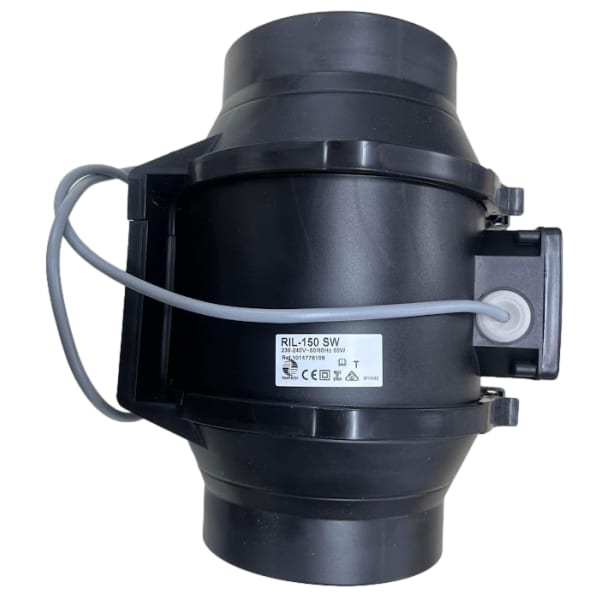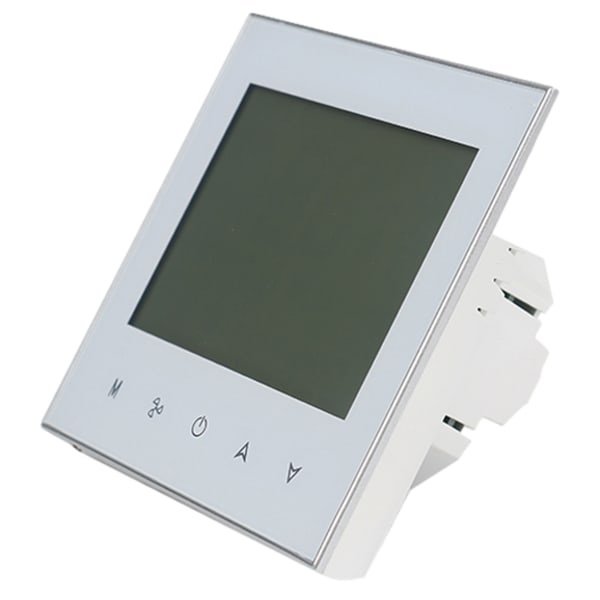Heat Transfer Systems
Make Your Home Warmer, Smarter – with Airflow Heat Transfer Systems
Do you have one room that’s always cozy… and another that feels like the Arctic?
Airflow Heat Transfer Systems are designed to make the most of the heat you already have – spreading it throughout your home for a more balanced, energy-efficient warmth. Whether you're trying to take the chill off a bedroom or improve airflow across multiple rooms, our systems help create a more comfortable living space without the need for extra heaters.
How It Works
Hot air naturally rises and gets trapped where it’s least helpful – like up near the ceiling or upstairs rooms that are already warm. Our heat transfer systems use quiet, energy-efficient duct fans to move that trapped warm air into cooler areas of your home.
From transferring warmth between adjacent rooms, to moving heat from downstairs to upstairs (or even vice versa), we’ve got you covered.
Simple Kits or Custom Solutions
Every home is different – so your heating solution should be too.
We offer:
-
Standard Heat Transfer Kits – easy to install, great for common room-to-room setups.
-
Custom Systems – tailored to your specific layout and heating needs.
-
A full range of accessories – to upgrade, expand, or fine-tune your system.
Whether your space is open-plan or full of nooks and crannies, we’ll help design the right setup to keep you comfortable year-round.
What to Expect
Our systems are designed to warm your rooms – not overheat them. There will be a slight temperature drop as heat moves through the ducts, but the result is a gentle, even warmth that helps:
-
Reduce cold spots
-
Minimize condensation and damp
-
Improve airflow and comfort throughout the home
Ready to Get Started?
Explore our kits, browse accessories, or reach out to our friendly team for a custom solution built just for your home. At Airflow – The HVAC Shop, we’re here to help you get the most out of your heating system.
FREQUENT QUESTIONS
Got a question?
We’ve pulled together some of the most common questions about our kits to help you make your choice.
Whether you’re wondering about setup, performance, or how the system works day-to-day, you may find the answers here.
1. How many rooms can heat be transferred to?
Airflow – The HVAC Shop has designed the Heat Transfer Systems to transfer heat to up to four rooms. While we size our fans and ducting to meet your requirements, five rooms would be about the limit for maintaining efficiency.
2. Can extra ducting be added to the transfer system?
We recommend not adding extra ducting beyond the specified kit inventory. The fans are matched to the ducting length included in each system. For best results, we suggest designing and supplying a system specifically suited to your home.
3. Does the system heat up the bedroom to the same temperature as the living room?
While Heat Transfer Systems are designed to move heat effectively, there will always be some temperature drop during the transfer. These systems are ideal for providing background warmth to rooms like bedrooms, rather than maintaining the same temperature throughout.
4. Is it possible to duct to an upstairs area?
Yes, it’s possible to duct both up and down. Heat naturally rises, but with the help of the inline fan, warm air can also be pushed downward to other levels as needed.
5. How much power do the Airflow Warm Home Systems use?
Power consumption is very low.
6. Where should the fan be located?
The fan can be installed in any section of the ducting, but should always be positioned before any 'Y' branches. Try to place the fan as far away from quiet spaces like bedrooms as practical.
7. How does the thermostat work?
The thermostat is installed in the room with your heat source. Once the air at ceiling level reaches the set temperature, the Heat Transfer System will automatically switch on to move the warm air where it's needed.
8. Is it possible to close off heat to one or more rooms?
Yes. All outlet grilles in the kits are fully adjustable, allowing you to reduce or completely shut off airflow to individual rooms if desired, do be aware closing off a vent completley could make that vent a bit noisy as the air will still travel down the duct to the grille.
9. Is it necessary to suspend the fan?
Since all fans create slight vibrations during operation, it’s recommended not to mount the fan directly onto rigid wooden or metal structures. Instead, suspend it with straps, or cradle it on a rubber or felt mat. It is recommended that a registered electrician install the wiring.
10. There are cheaper Heat Transfer Systems available — why is that?
At Airflow – The HVAC Shop, we design systems tailored to the actual resistance and layout of your home. Our fans are powerful and reliable, and our ducting is insulated to reduce heat loss and is preminum acoustic duct. Rather than offering a one-size-fits-all solution, we custom design systems to suit your needs.
$504.35
$517.39
$400.00
$126.09
$634.78
$560.87
$430.43
$254.35
$260.87
$82.61










